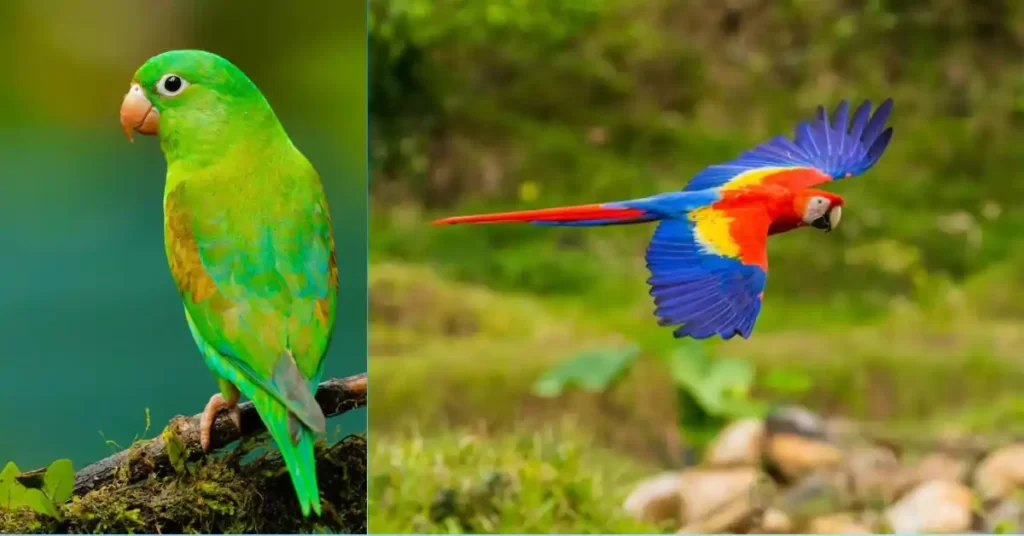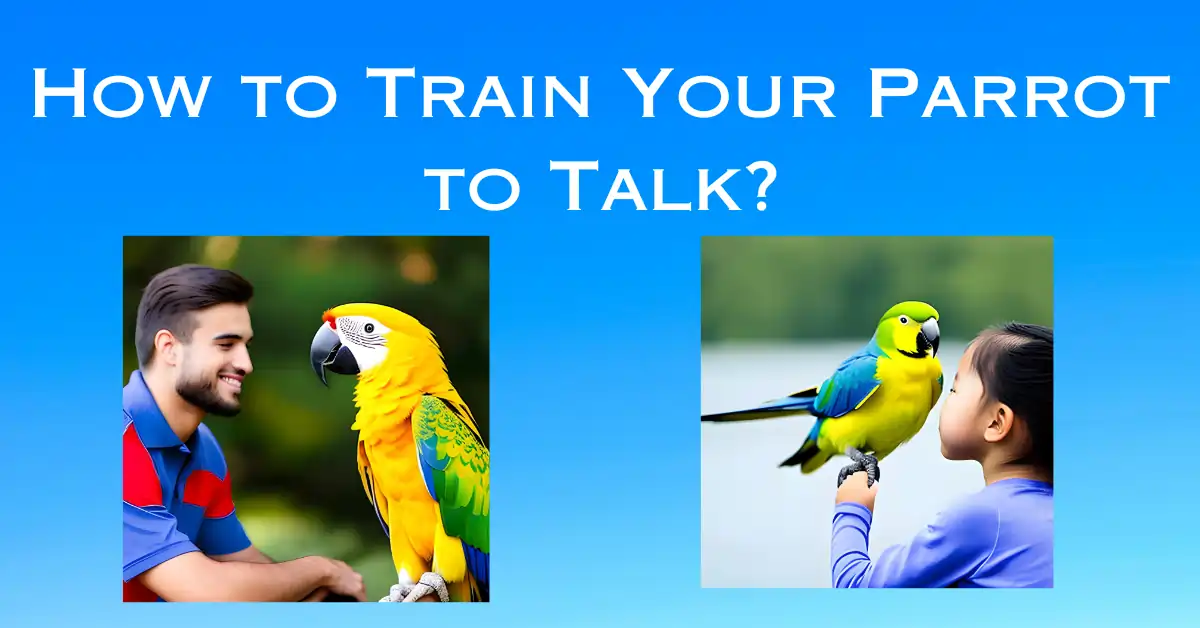Parrot talk training is an essential aspect of owning a parrot. It enables you to communicate and understand your parrot better. Parrots are intelligent creatures that can learn to communicate with humans using words and phrases. However, teaching them to talk requires patience, consistency, and the right techniques.
The first step in parrot talk training is to establish a bond with your parrot. Spend time with your parrot, talk to them, and offer them treats. This will help your parrot feel comfortable around you and create a positive learning environment. Once your parrot is comfortable, start with simple words and phrases such as “hello” or “goodbye.” Repeat the words consistently and reward your parrot when they mimic the words. With time, your parrot will learn to associate the words with their meaning and start using them in the right context.

Understanding Parrots’ Communication
Parrots are highly social creatures that use a variety of vocalizations and body language to communicate with their flock members. Understanding these communication patterns is crucial for effective parrot talk training.
Recognizing Vocalization Patterns
Parrots use a wide range of vocalizations to convey different messages. Some common vocalizations include:
Squawking: This loud, harsh sound is often used to indicate alarm or danger.
Chirping: A soft, high-pitched sound that is often used to express contentment or happiness.
Screeching: A piercing, ear-splitting sound that is often used to demand attention or express frustration.
Whistling: A series of melodic notes that are often used to greet or call out to other birds.
By paying close attention to the context in which these vocalizations occur, owners can start to recognize the meaning behind each sound. For example, a parrot that squawks loudly when a stranger enters the room may be indicating that they feel threatened or unsafe.
Interpreting Body Language
In addition to vocalizations, parrots also use body language to communicate. Some common body language cues include:
Fluffed feathers: This indicates that the bird is feeling relaxed and content.
Puffed up chest: A sign of aggression or territorial behavior.
Head bobbing: A sign of excitement or anticipation.
Wing drooping: A sign of submission or fatigue.
Owners should pay close attention to their parrot’s body language in order to better understand their moods and needs. For example, a parrot that is fluffing its feathers and bobbing its head may be indicating that it is in a playful or happy mood.

Understanding parrots’ communication patterns is essential for effective parrot talk training. By paying close attention to vocalizations and body language, owners can better understand their birds’ needs and emotions.
Preparing for Training
Setting Up a Suitable Environment
Before starting parrot talk training, it is essential to set up a suitable environment for your parrot. The environment should be free from distractions and should have minimal noise. The training area should be well-lit, and the parrot should be comfortable in the area.
It is also essential to ensure that the training area is safe for the parrot. Remove any hazardous objects or substances that could harm the bird. Ensure that the parrot has access to food, water, and toys during the training session.
Choosing the Right Training Time
Choosing the right time for parrot talk training is crucial. The training time should be when the parrot is most alert and receptive. Typically, parrots are most active and alert in the morning and early afternoon.
It is also essential to choose a time when there are minimal distractions. Avoid training your parrot during busy times of the day or when there are loud noises or other disturbances.
Overall, setting up a suitable environment and choosing the right training time can greatly improve the effectiveness of parrot talk training. By creating a comfortable and safe environment for your parrot and choosing the right time for training, you can help your parrot learn new words and phrases quickly and easily.

